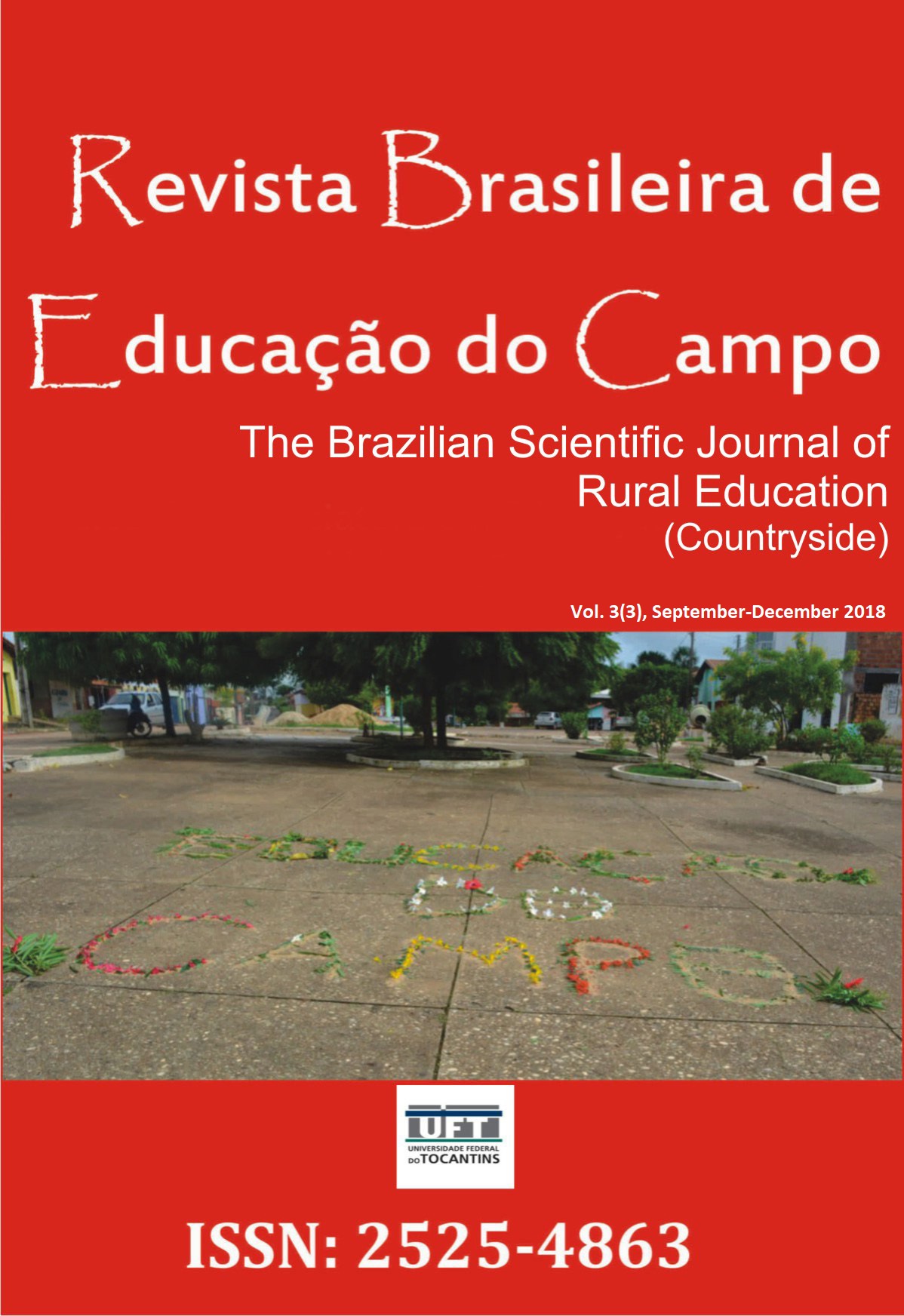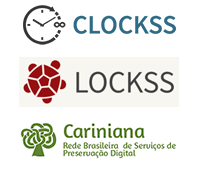Arquitectura del pathos en “Los dos príncipes” de José Martí
DOI:
https://doi.org/10.20873/uft.2525-4863.2018v3n3pvResumen
Arquitectura do pathos en “Los dos príncipes” de José Martí
Interpretamos que em "Os dois príncipes" de José Martí, o poema desenha um pathos (sentimento de piedade e compaixão) que se baseia em várias relações intertextuais (por exemplo, um poema de Helen Hunt Jackson, um romance da tradição popular latino-americano e obras literárias de Horácio (Quintus Horatius Flaccus), excelente poeta latino. Vegetais e animais são usados simbolicamente: o louro e o cavalo como emblemas da realeza; o álamo funerário representa a dor e o sacrifício e as lágrimas do pobre camponês, assim como as ovelhas, o cachorro e o passarinho. Martí coloca o sol, símbolo luminoso, no campo aberto dos pastores, que contrasta com a cor negra no mundo palaciano. O pássaro no espaço dos pastores representa a transcendência do ser. A arquitetura do poema baseia-se em um paralelismo fonosemánico onde proliferam figuras de estilo. Um leitor infantil é configurado mais próximo do animal, e a inutilidade do poder diante da morte é confirmada, sendo a essência da dor a mesma em qualquer contexto sociocultural.
Palavras-chave: José Martí, “Los dos príncipes”, Intertextualidade, Pathos, Literatura Infantil.
Arquitectura del pathos en “Los dos príncipes” de José Martí
RESUMEN. Interpretamos que, en “Los dos príncipes” de José Martí, el poema dibuja un pathos (sentimiento de piedad y compasión) que se nutre de diversas relaciones intertextuales (v.g. un poema de Helen Hunt Jackson, un romance de la tradición popular hispánica y tópicos literarios de Horacio (Quintus Horatius Flaccus), excelente poeta latino). Lo vegetal y animal se emplean simbólicamente: el laurel y el caballo como emblemas de la realeza; el fúnebre álamo representa el dolor y el sacrificio y las lágrimas del pobre campesino, al igual que la oveja, el perro y el pajarito. Martí coloca el sol, símbolo luminoso, en el campo abierto de los pastores, lo que contrasta con el color negro en el mundo palaciego. El ave en el espacio de los pastores representa la trascendencia del ser. La arquitectura del poema se funda en un paralelismo fonosemántico donde proliferan figuras de estilo. Se configura un lector niño más cerca del animal, y se ratifica lo inútil del poder ante la muerte, siendo la esencia del dolor la misma en cualquier contexto sociocultural.
Palabras clave: José Martí, “Los dos príncipes”, Intertextualidad, Pathos, Literatura Infantil.
The architecture of pathos in “Los dos príncipes” by José Martí
ABSTRACT. We interpret that, across "Los dos príncipes" by José Martí, the poem draws a pathos (feeling of piety and compassion) that is nourished by diverse intertextual relationships (e.g. a poem by Helen Hunt Jackson, a popular hispanic romance and literary topics of Horace (Quintus Horatius Flaccus), excellent Latin poet). Vegetable and animal signs are symbolically employed: the laurel and the horse as emblems of royalty; the mournful poplar is of pain and sacrifice and tears of the poor peasant, as well as the sheep, the dog and bird. Martí places the sun, a luminous symbol, in the open spaces of the shepherds, which contrasts with the obscure (black) we see in the palatial world. The bird in the space of the shepherds represents the transcendence of being. The architecture of the poem is based on a phonosemantic parallelism, where the figures of style proliferate. A child reader is configured closer to the animal. The poems teaches the reader that, in front of death, royal power is nothing, being the same the essence of pain under any sociocultural context.
Keywords: José Martí, “Los dos príncipes”, Intertextuality, Pathos, Children Literature.
Descargas
Publicado
Cómo citar
Número
Sección
Licencia
Proposal for Copyright Notice Creative Commons
1. Policy Proposal to Open Access Journals
Authors who publish with this journal agree to the following terms:
A. Authors retain copyright and grant the journal right of first publication with the work simultaneously licensed under the Creative Commons Attribution License that allows sharing the work with recognition of its initial publication in this journal.
B. Authors are able to take on additional contracts separately, non-exclusive distribution of the version of the paper published in this journal (ex .: publish in institutional repository or as a book), with an acknowledgment of its initial publication in this journal.
C. Authors are permitted and encouraged to post their work online (eg .: in institutional repositories or on their website) at any point before or during the editorial process, as it can lead to productive exchanges, as well as increase the impact and the citation of published work (See the Effect of Open Access).














